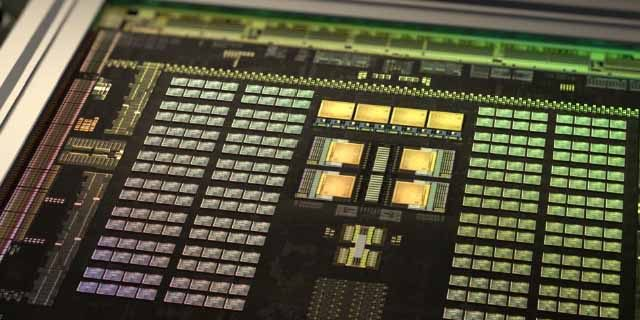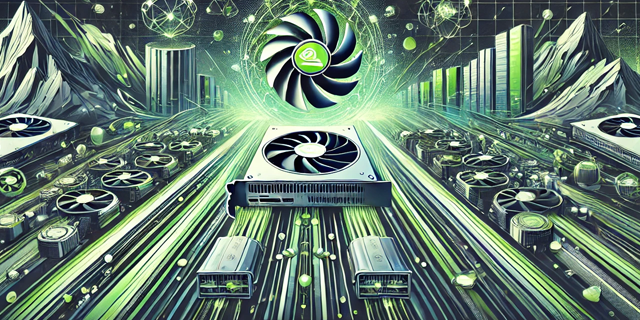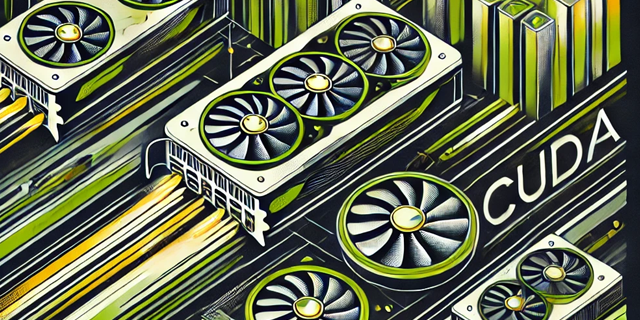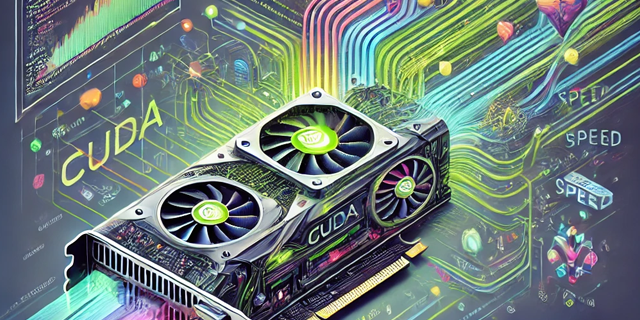
CUDA (Compute Unified Device Architecture) is a parallel computing platform and application programming interface (API) model created by NVIDIA in 2006. It allows developers to leverage the power of NVIDIA GPUs for general-purpose processing, significantly accelerating computational tasks that can benefit from parallelism. The inception of CUDA marked a pivotal shift in how programmers approached high-performance computing, as it provided a more accessible way to write code that could run on GPUs compared to traditional graphics APIs. Over the years, CUDA has evolved with numerous updates, introducing features such as unified memory, improved libraries, and support for various programming languages, thereby expanding its usability across diverse fields like scientific computing, machine learning, and data analysis. **Brief Answer:** CUDA, introduced by NVIDIA in 2006, is a parallel computing platform that enables developers to utilize GPUs for general-purpose processing, revolutionizing high-performance computing through easier access to GPU capabilities.
CUDA (Compute Unified Device Architecture) coding offers several advantages and disadvantages for developers working with parallel computing. On the positive side, CUDA enables significant performance improvements by leveraging the power of NVIDIA GPUs, allowing for faster processing of large datasets and complex computations. It provides a rich set of libraries and tools that simplify the development process and enhance productivity. However, there are also drawbacks to consider. CUDA is proprietary to NVIDIA hardware, which limits portability across different platforms and may lead to vendor lock-in. Additionally, programming in CUDA requires a solid understanding of parallel programming concepts, which can present a steep learning curve for those unfamiliar with GPU architectures. Overall, while CUDA can greatly accelerate computational tasks, it comes with trade-offs related to hardware dependency and complexity. **Brief Answer:** CUDA coding enhances performance through GPU acceleration and offers useful libraries but is limited by its proprietary nature and requires expertise in parallel programming.


CUDA coding presents several challenges that developers must navigate to effectively harness the power of parallel computing. One significant challenge is the complexity of managing memory between the host (CPU) and device (GPU), as improper handling can lead to performance bottlenecks or errors. Additionally, debugging CUDA applications can be more difficult than traditional CPU code due to the asynchronous nature of GPU execution and the need for specialized tools. Developers also face the challenge of optimizing their algorithms to fully utilize the GPU's architecture, which requires a deep understanding of parallel programming concepts and the specific hardware being used. Lastly, ensuring portability across different GPU architectures can complicate development, as optimizations may not translate well between devices. **Brief Answer:** The challenges of CUDA coding include managing memory between CPU and GPU, debugging complexities, optimizing algorithms for parallel execution, and ensuring portability across different GPU architectures.


Finding talent or assistance in CUDA coding can be crucial for projects that require high-performance computing, particularly in fields like machine learning, scientific simulations, and graphics processing. To locate skilled CUDA developers, consider leveraging online platforms such as GitHub, LinkedIn, or specialized job boards focused on tech talent. Additionally, engaging with communities on forums like Stack Overflow or NVIDIA's developer forums can provide valuable insights and connections. For those seeking help, numerous online courses and tutorials are available to enhance your understanding of CUDA programming, while freelance websites can connect you with experts who can assist with specific tasks or projects. **Brief Answer:** To find talent or help with CUDA coding, explore platforms like GitHub and LinkedIn, engage in tech forums, and consider online courses or freelance services for expert assistance.
Easiio stands at the forefront of technological innovation, offering a comprehensive suite of software development services tailored to meet the demands of today's digital landscape. Our expertise spans across advanced domains such as Machine Learning, Neural Networks, Blockchain, Cryptocurrency, Large Language Model (LLM) applications, and sophisticated algorithms. By leveraging these cutting-edge technologies, Easiio crafts bespoke solutions that drive business success and efficiency. To explore our offerings or to initiate a service request, we invite you to visit our software development page.



TEL:866-460-7666
EMAIL:contact@easiio.com
ADD.:11501 Dublin Blvd. Suite 200, Dublin, CA, 94568